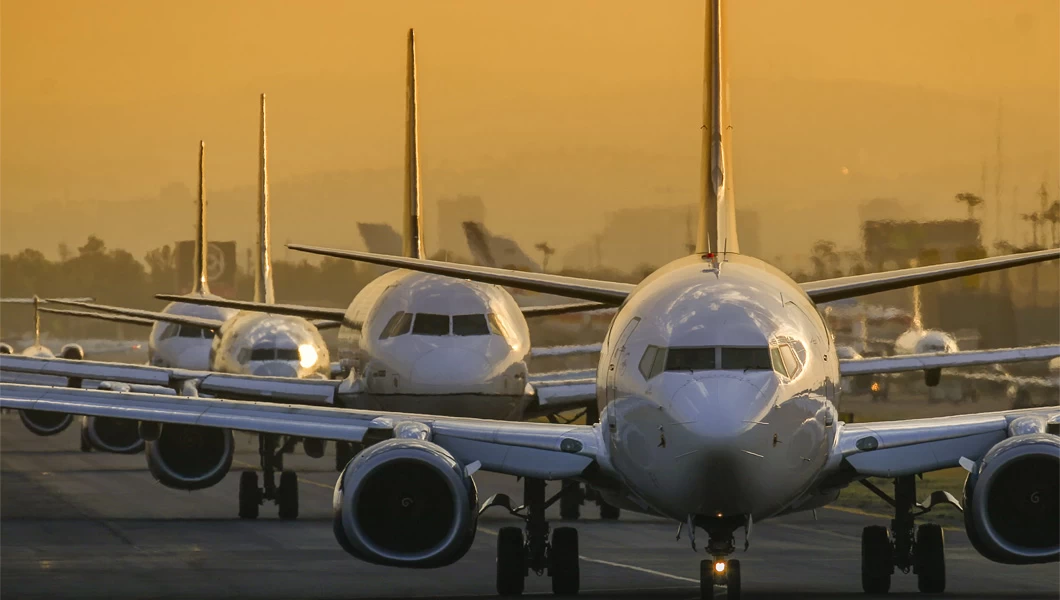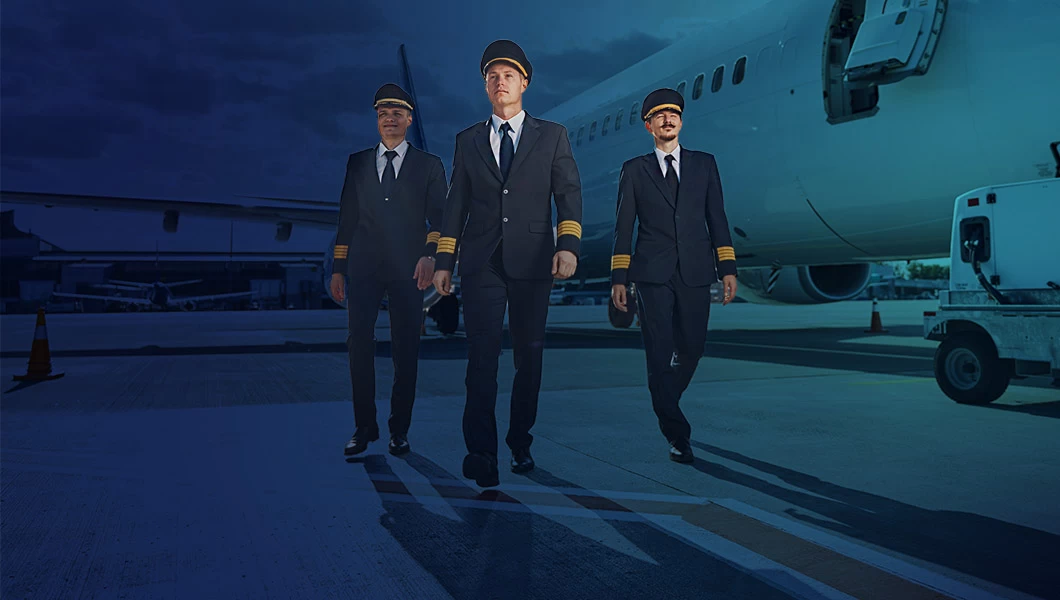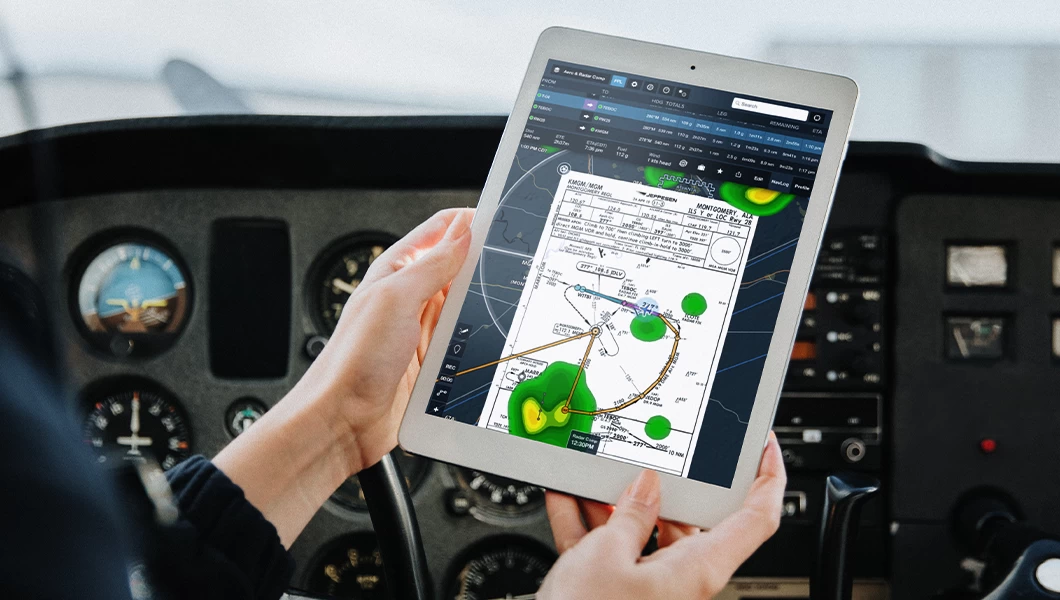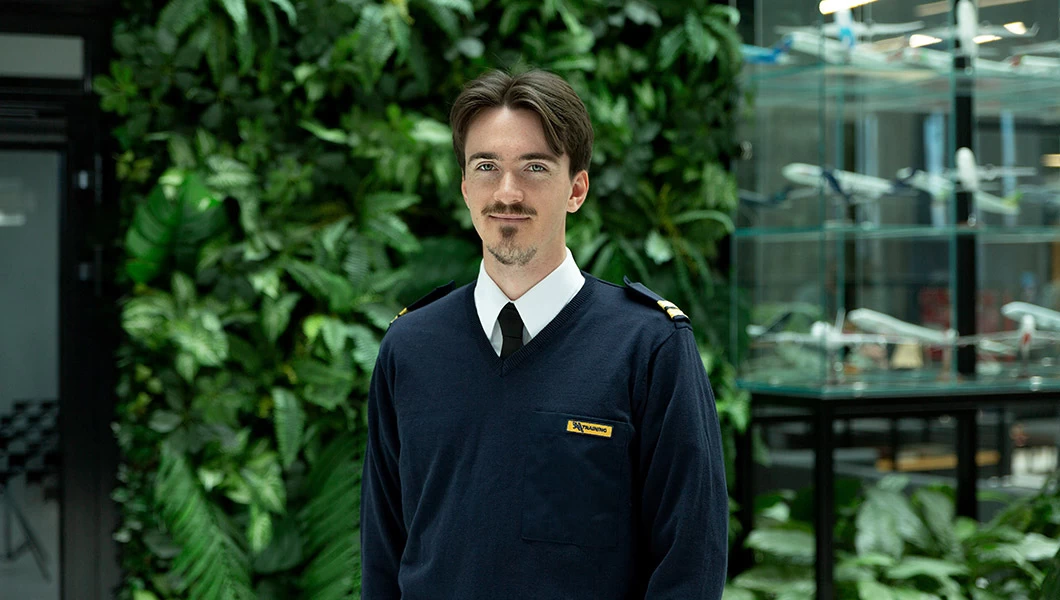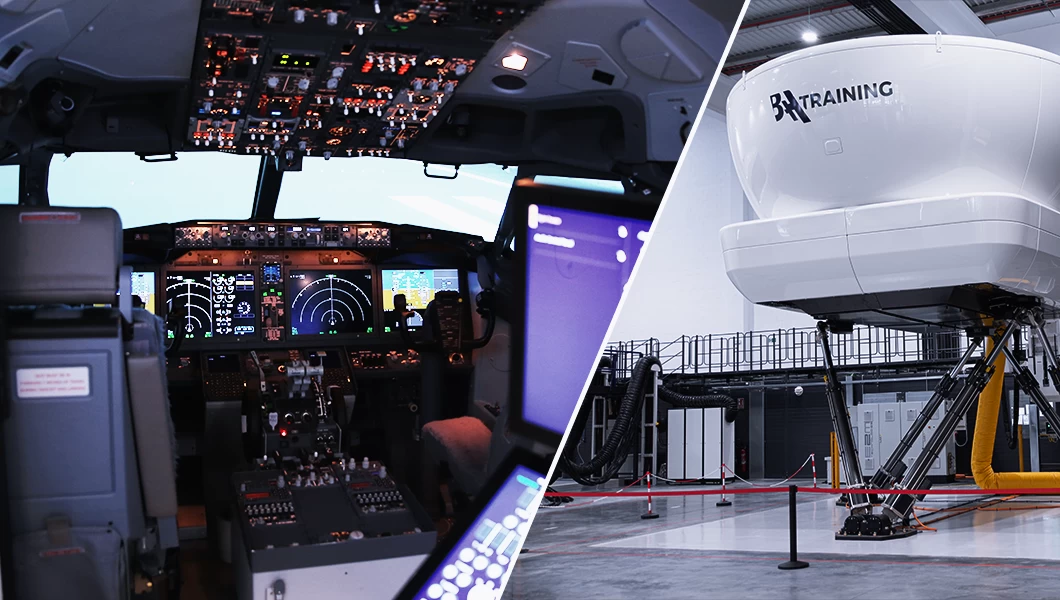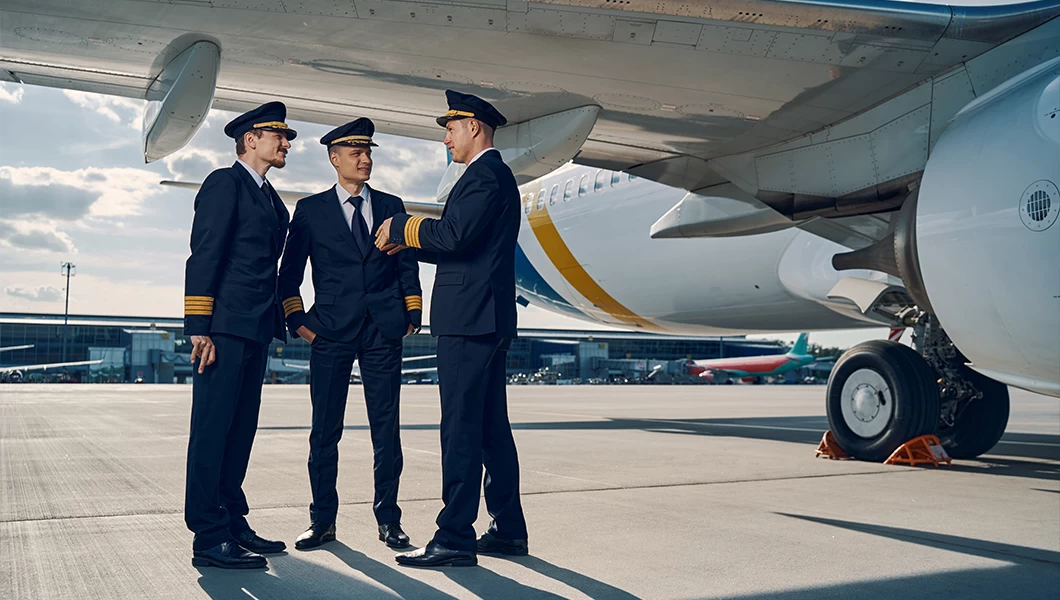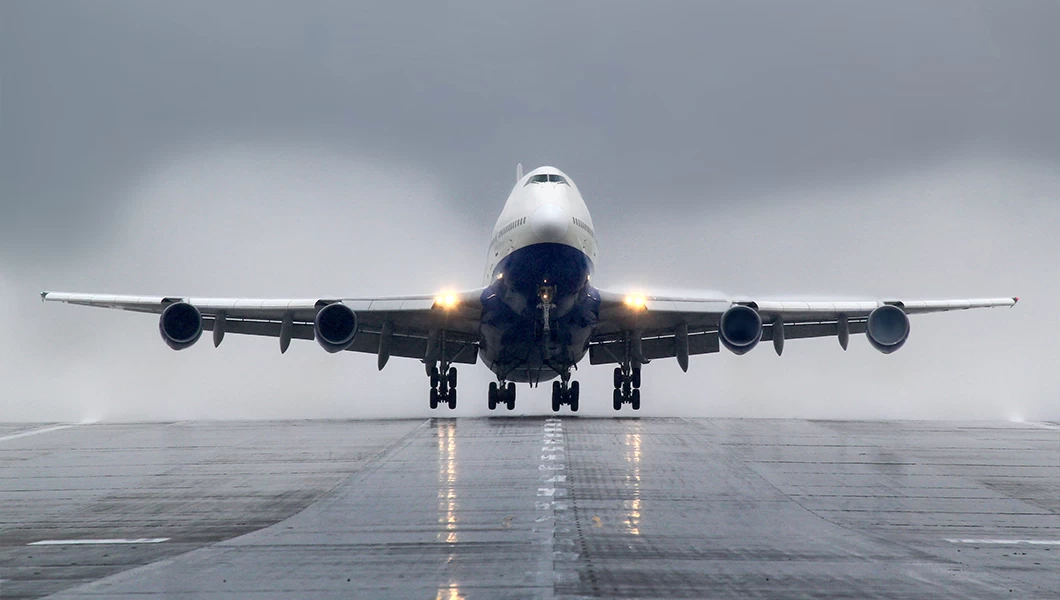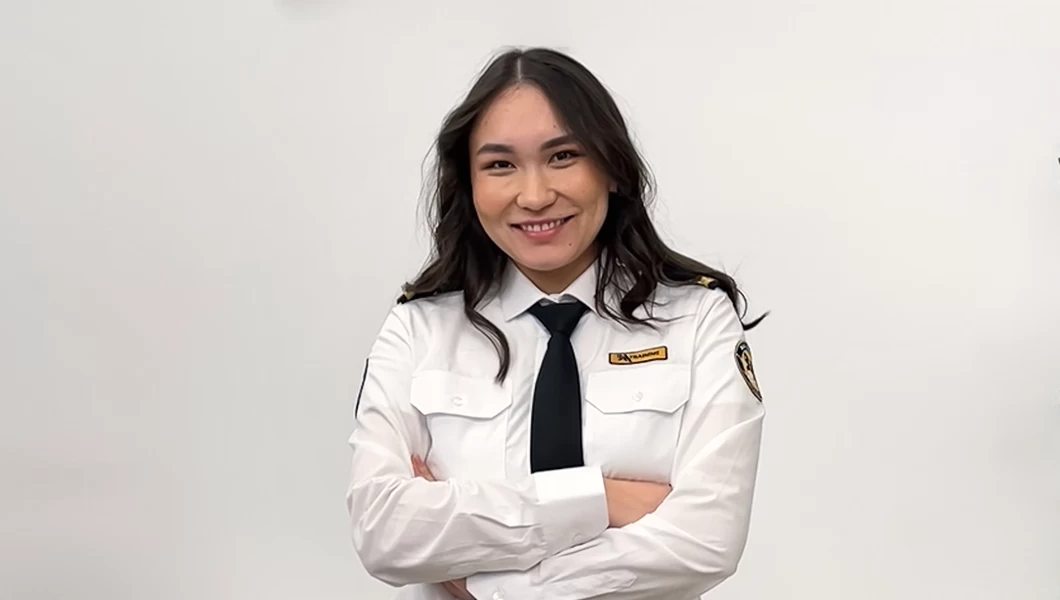What is Taxiing?
Before we get to all the nitty-gritty of taxiing a plane, we need to be on the same page when it comes to an understanding of what is “taxiing.” The most common taxiing definition—the movement of an aircraft on the ground. To put it more simply, the aircraft uses its own power—either jet engines or propellers—to get from point A to point B at an airport.
The key moment here is that the accelerating run before taking off or decelerating right after landing is not part of the taxiing. These are their own procedures, called takeoff roll and landing rollout. Taxiing is slower in speed but still can be as challenging, especially at some of the world’s busiest airports.
Trivia fact: The word “taxi” was used as slang for aircraft around the beginning of the 1910s. It was reminiscent of taxi cars driving around the block, looking for passengers. While the jargon didn’t stick around, words like “taxiing” and “taxiway” remained in the aviation vocabulary. You can bust out this nugget of knowledge at your next aviation trivia night!
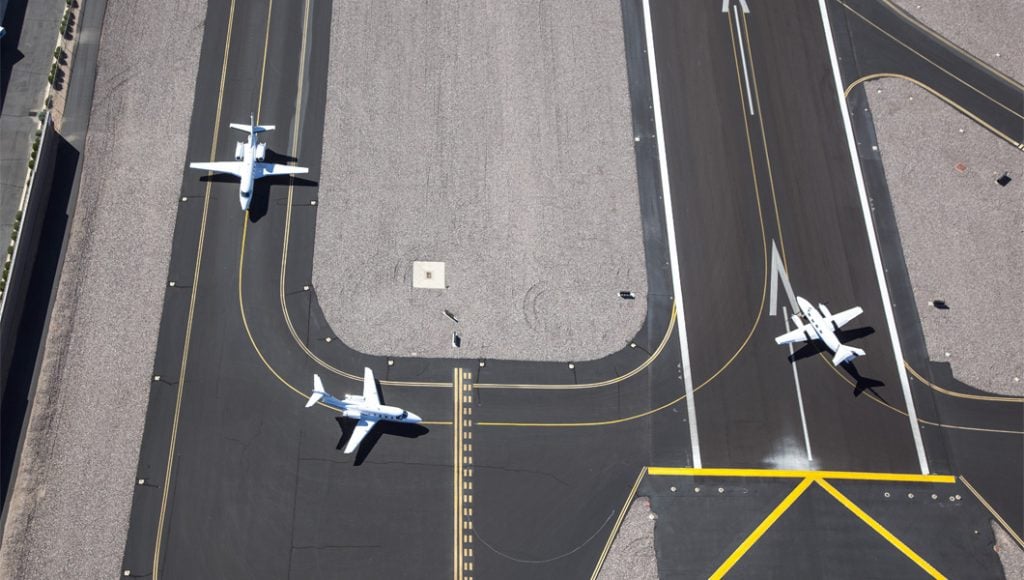
How do pilots navigate airport taxiways?
So, when the airplane wheels touch the tarmac, how do pilots find their way onto the correct taxiway and to the correct gate?
As with most things in aviation, preparation is everything. When pilots fly new routes, they do thorough preparation, including getting familiar with the detailed airport charts. They show everything—the layout of an airport, taxiways, runways, stands, ramps, and more.
Nowadays pilots rely on technology to help them guide the aircraft through the airport maze. Some aircraft systems are equipped with moving map displays—think Google Maps but for 50-meter-long aircraft—or pilots can access them on their portable devices. On top of that, airports have clear-to-follow markings, signs, and ground lights for nighttime or low visibility. The Air Traffic Controllers (ATC) also give taxi instructions to pilots upon landing, making a pilot’s job a bit more easier.
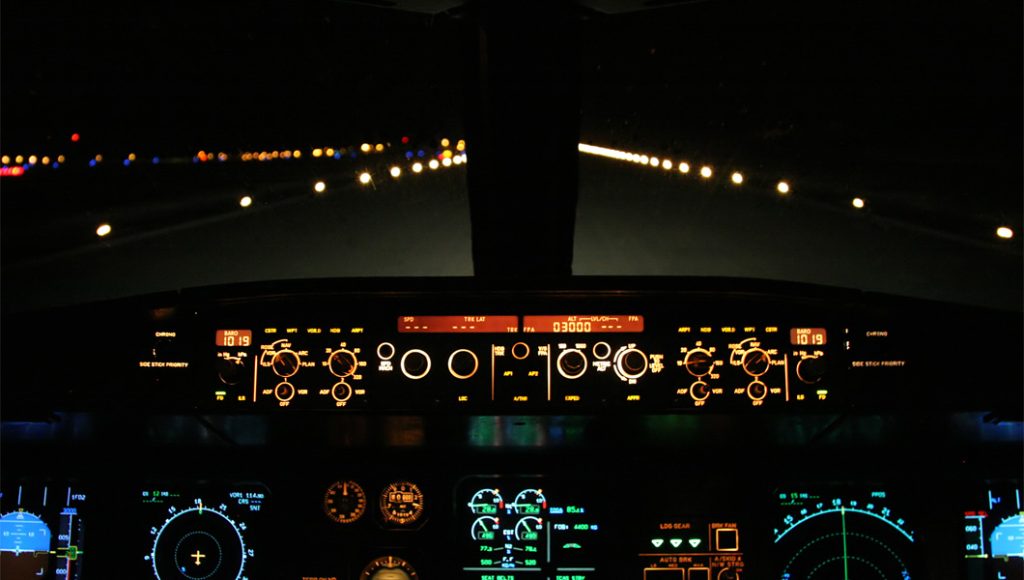
In cases of getting lost while taxiing, airports help guide the aircraft with a so-called ‘follow me’ vehicle, whose purpose is to lead the airplane to its designated gate. Some airports make it a more colorful experience like the Bologna Airport in Italy did by partnering with Lamborghini for their follow-me car.
However, most of the time, pilots have to do it themselves, and understanding markings for taxiing and following ATC directions are still needed skills.
Reading taxiway markings
Two colors dominate the airport tarmac—white and yellow. Runway areas are painted white, and yellow is reserved for taxiways. While it might look pretty straightforward to simply follow the yellow line looking out of the cockpit, it’s a little bit more complex than that.

Centerline
The taxiway centerlines are all continuous lines, which provide pilots with constant visual guidance for taxiing. The aircraft nose wheel should be in line with the centerline.
Taxiway edge
The taxiway borders are marked in continuous double (or sometimes single) yellow lines. They indicate that the aircraft cannot leave or cross these lines.
Similar ARTICLES
Intersection
Double yellow dashes fall under the taxiway edge markings but unlike the aforementioned, these indicate intersections with other roads for aircraft use. This could be intersections with aprons, for example.
Runway holding position
The runway holding position marking consists of solid double and double dash lines. When an aircraft is nearing the runway for takeoff, the pilot will see solid double lines, indicating that the aircraft must stop and cannot move any further without the ATC clearance. Once clearance if issued for a specific runway, only then can the aircraft proceed for takeoff. On the other hand, when an aircraft lands and is proceeding on a specific taxiway, the pilots will see double dash lines, which indicate that they can come onto the taxiway even without clearance from ATC.
Enhanced taxiway centerline
You will find the enhanced taxiway centerline coming up to the runway. It acts as an additional visual cue for the pilots about the upcoming runway holding position. Its main purpose is to minimize accidental aircraft trespass onto the runway prior to clearance.
ILS holding position
The Instrument Landing System—or ILS—gives pilots vertical and lateral guidance information, ensuring a safe landing until touchdown. The system sends information to the cockpit instruments and allows the pilot to maintain a pre-determined flight path to the runway in low visibility conditions.
Your PILOT CAREER
starts with a first click
So, the ILS holding position markings, also called “ladder” or “railroad tracks,” determine the critical areas where, if obstructed, the system would not function properly. This means that an aircraft cannot move past the said marking until given the clearance to do so.
Intermediate holding position
The single dashed line across the width of the taxiway acts as additional support for the ATC. It helps them to manage the flow at the airport with more difficult traffic or field conditions. Just like with the runway holding position, the aircraft has to stay within the lines with none of the parts sticking out beyond the intermediate holding position.
Holding position marking
White numbers on the red background mark the designated runway ahead and its direction (left or right), giving visual confirmation to the pilot about the runway they are entering.
Taxiway location marking
A white or yellow letter on a black background, on the other hand, indicates the taxiway on which the aircraft is currently taxiing.
Taxiway direction marking
A black letter on a yellow background, together with an arrow, indicates the direction of another taxiway in the direction of the accompanying arrow.
Bottom line
An airport is a living and breathing organism. With constant traffic flowing in and out, there is a lot more than meets the eye. And while taxiing might not look like much, it is an integral part of keeping the traffic moving as efficiently, both on the pilots’ and the ground crew’s side.
